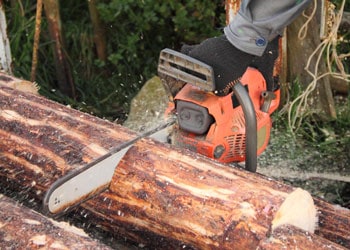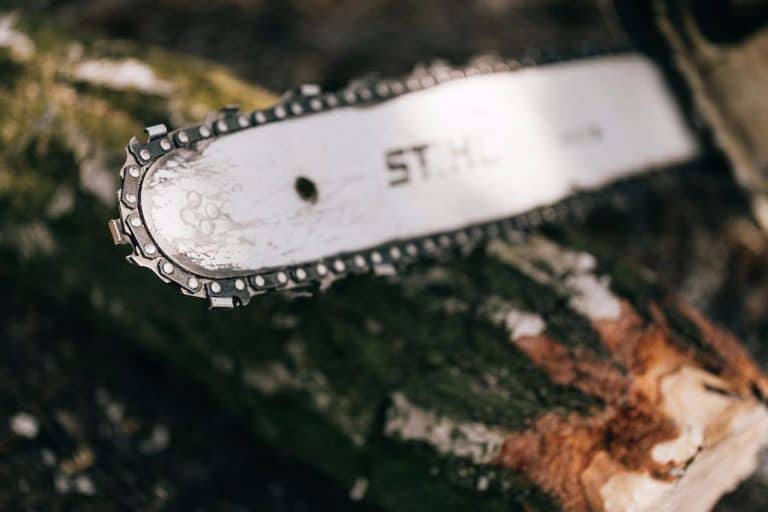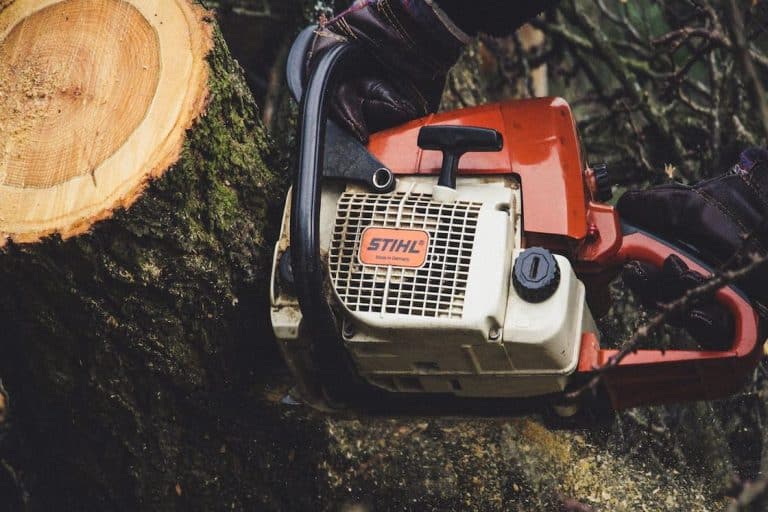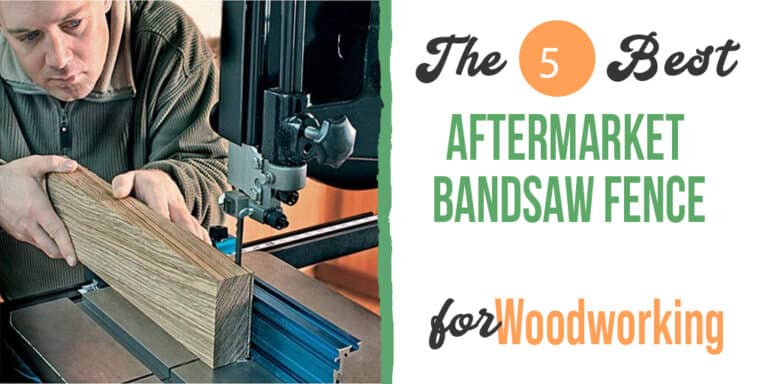Circular saws are a necessary tool for even the most basic handyman. There are many circular saws on the market. Trying to figure out which one is right for you can be overwhelming.
In this article, we will thoroughly discuss the different types of circular saws and how to choose the one that best suits your needs.
Contents
Worm Drive Circular Saw

The worm drive circular saw is one of the most common ones. It rivals the sidewinder saw. With the help of a saw guide rail, these types of saws are the most accurate cuts.
While neither saw is better than the other, they do have different benefits depending on what type of projects you tackle and the method you use.
The main difference between the two is the location of the motor and the gear arrangement. A worm drive circular saw is often longer and much heavier.
The main difference between the two is the location of the motor and the gear arrangement. A worm drive circular saw is often longer and much heavier.
The motor is located near the rear of the circular saw. The pair of gears is often positioned at a 90-degree angle where the power is transferred to the blade.
This particular setup can reduce the speed of the blade, while simultaneously increasing the force.
The positioning of the blade is often different as well. The worm drive circular saw will often have the blade on the left side of the unit while the weight of the saw is positioned to the right side.
Worm drive circular saws arguably have more power and are more durable than a sidewinder because of the larger gear teeth and the ability to carry heavier loads. The one I use mainly is the Bosch 7 1/4 Worm Drive Saw…
Sidewinder or In-Line Circular Saw
A sidewinder or in-line circular saw uses what is called a spur gear. The motor is positioned so that it is parallel with the blade. The sidewinder circular saw, when compared to a worm drive, is much faster while also being very compact and lightweight.
The positioning of the blade on a sidewinder circular saw is often to the right side, while the weight of the unit is located on the left side.
My sidewinder of choice is the
Metal Cutting Circular Saw
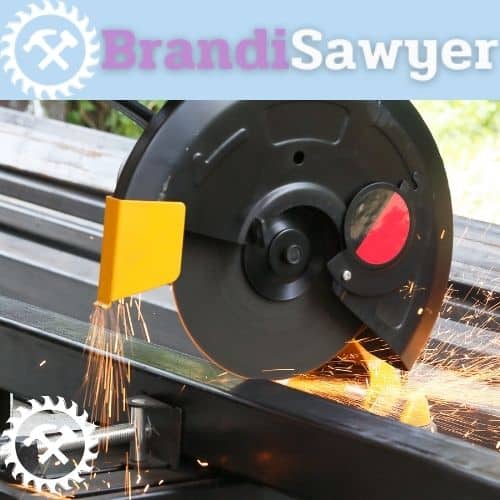
If metalworking is your job or hobby, chances are you might be looking to buy a metal-cutting circular saw.
While you can use a circular saw with a decent blade to cut metal, there are some benefits to using a saw that was specifically designed to cut metal.
Cutting metal is a lot more rigorous than cutting wood. You are dealing with shards of metal and sparks, which could have detrimental effects on your blades.
A lot of metal cutting saws are specifically designed to better collect or deflect those damaging and dangerous shards. These saws are usually sealed off better to avoid any buildup of metal debris.
Metal cutting circular saws are often slower than a regular circular saw and push out lower RPMS, around 3,900 rather than 5,000 or more, like regular circular saws.
The blade circumference on a circular saw is also quite different, as it is made to be quite a bit smaller, which also spins the blade much slower.
My goto Metal Cutting Circular is the MK Morse Metal Devil:
Abrasive Saw
An abrasive saw (sometimes called a chop saw) is a circular saw that was designed to cut harder materials such as concrete, metal, and tiles made from stone, porcelain, and ceramic.
There are a lot of arguments surrounding this power tool over whether or not it should be called a saw. This is because the disc that cuts these materials doesn’t have teeth for cutting.
The saw uses a composite friction disc that cuts through materials but wears out quickly. However, you can also buy super abrasive blades that are made of diamond or cubic boron nitride. This will last a lot longer and won’t create as much dangerous debris in the process.
Abrasive saws come in many different forms. This includes tabletop saws that are built with clamps and are commonly used to cut tiles and metals. It also includes freehand saws, which are used to cut concrete, asphalt, and pipe.
The positioning of the main components on these saws is quite unique. The handle and motor are near the operator, while the blade is positioned at the far end of the saw.
Abrasive saws create a ton of heat in both the material being cut and the blade. This causes both the blade and material being cut to expand, which can make certain cuts more difficult to achieve. It can also wear out the blades a lot faster and use more energy.
I get good use out of my Abrasive Skilsaw:
Biscuit Joiner
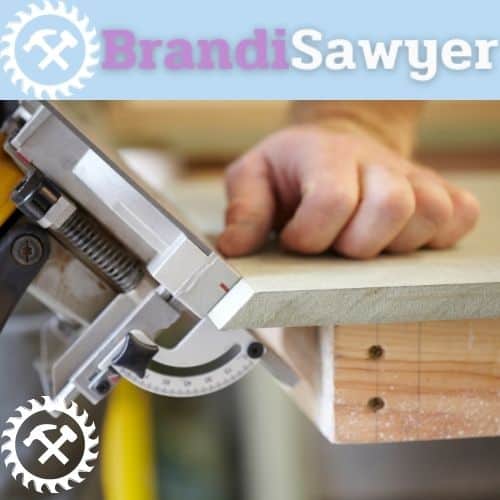
A biscuit joiner can cause a lot of confusion because it is a joiner that uses a circular saw blade, and thus is also considered a type of circular saw.
It is a common woodworking tool that you would use to join two pieces of wood together without any noticeable markings such as nail holes or visible joiners.
With this tool, you can achieve various joints such as edge, miter, butt, corner, and T-joints. The circular saw blade will cut out an appropriately sized hole in opposite sides of the two pieces of wood.
Then the oval-shaped wooden biscuit is coated with glue, placed in the opposing holes, and the wood boards are clamped together until they are bonded.
This biscuit joiner kit from DeWALT is a quality product, I have dozens of hours under my belt with it:
Brushcutter
A brushcutter is a garden tool that is often called a brush saw or clearing saw. When you have weeds or hard-to-access foliage, you would use this tool.
There are various attachments, blades, and trimmer heads that can be added to a brushcutter to achieve different results.
These units are either run by gas engines, electric motors, or cordless electric motors that come with rechargeable batteries.
The unit consists of a power unit that holds the motor, which is attached to a long pole where the power from the motor is transferred.
At the very end of the brushcutter, opposite the motor, is the rotary cutting head. They come in various shafts ranging from curved shatters to straight shafts or straight split shafts.
The circular saw blade is similar to that of a chainsaw. Deflectors are attached on the cutting side to prevent the operator from getting injured by the saw or any debris that the saw might throw at the operator.
The metal blades that come with this MAXMAN Brush Cutter will get through the toughest weeds you have:
Carbide Saws
A carbide saw is the machine you would buy when looking to cut hard and rigid materials. The saw teeth are made out of cemented carbide.
There are a few different types of carbide saws. You can get a saw with a horizontal slide, which is the most common. This type of carbide saw has the saw blade mounted on the gearbox spindle and is often used as a billet saw.
Carbide saws with vertical slides are often used as layer saws so that the operator can cut multiple tubes or bars simultaneously. Carbide saws also come as pivot saws, which are mainly used to cut small tubes. Pivot saws can be used as layer or billet saws.
Cold Saws
Cold saws are another form of circular metal cutting saw. This type of saw uses toothy blades to transfer heat generated by the cutting to any debris created by the blade.
This allows the blade and materials being cut to stay cold and not burn the operator, unlike an abrasive saw, which often generates a lot of heat. Both the saw and materials being cut will absorb the heat.
Some of these saws use a coolant system to keep the blade cooled and lubricated, which can provide additional benefits such as reducing friction and sparks. Cold saws use two types of circular saw blades, either a high-speed steel blade or a carbide-tipped blade.
These saws use lower speeds to increase force. The electric motor and gear reduction unit help to maintain appropriate speeds and torque. Cold saws are quite sought after because they produce minimal debris, burrs, sparks, and dust.
Cold saws are a little different from some other saws in that you need to be sure that you are using the right blade type, the appropriate number of teeth on the blade, speed, and torque for specific materials.
Using some sort of vice such as a clamping device is necessary to prevent any movement, which could cause damage or injury.
Concrete Saw

A concrete saw, also known as a road or slab saw, is a circular saw that is used to cut all types of solid materials. This includes concrete, asphalt, tile, and brick, among others. You can get this saw in a handheld version or a chop-saw model.
The motors used to operate these units can be gasoline, pressurized, hydraulic, or electric. Diamond saw blades are the most common type of blade because they cut concrete and other solid materials with a lot more ease.
There is a lot of heat generated when cutting solid materials due to friction, so it is often recommended and required to cool the blades to make them last longer and reduce debris, dust, and sparks.
The type of blade you choose should depend on the features of certain blades and the type of material you are cutting.
It will also depend on whether you are cutting dry or with water. Dry cutting has the potential to cause breaks, which could result in injury for the user or someone nearby.
The blade choice will also depend on whether you need the item cut faster or if you want the blade to last a long time, as well as the power output of the saw.
The power output will determine what kind of impact the blade will receive and thus determine whether you need to make the concentration higher or lower.
Flip-Over Saws (The Combination of a Compound Miter and Table Saw)
Flip-over saws might just be the perfect combination of two amazing saws — the miter and the table saw. These saws were designed to be space-saving and multifunctional units that make attacking certain projects a breeze.
The powerful cross-cutting function of a miter saw combined with the easy-to-use rip-cutting function of the table saw can’t be beaten.
The miter saw function is great for making accurate crosscuts at certain angles and would use the same mounted circular saw that you find on a dedicated miter unit. The table saw function takes over all of the necessary tasks you would expect from a woodworking tool.
The circular saw blade is mounted to protrude through the top of the table and is driven by an electric motor. The table is designed to hold and transport the material that you are cutting.
These saws are sought after by craftsmen all over the world because they save time and space, especially for those who travel from the workplace to workplace.
As long as you have a level and a free-from-debris workspace, there isn’t much more required other than to make sure the saw is firmly in place and plugged in safely, and that you are wearing the appropriate protective equipment.
There isn’t much that a flip-over saw can’t do. Whether you are looking to cut large sheets of plywood or framing lumber, you are sure to get a ton of use out of one of these units.
These saws are quite robust and can last a lifetime of cutting solid materials and the impact of various environmental factors at different worksites.
If you do woodwork as a hobby or for small projects at home, you will likely have this saw for the rest of your life, as they just don’t seem to quit. Switching from miter to table mode is quite easy, and it fastens down for safety.
The only downside to these units is they usually can’t handle the large cutting capacities that you might be able to achieve with a dedicated table or miter saw.
How to Choose a Circular Saw

Choosing a circular saw is a personal decision, and you should always make a well-educated decision based on the projects you will be tackling and your own personal preference.
Here are some tips on how to choose a circular saw with a variety of options.
Corded VS Cordless Saw
Corded versus cordless is an important aspect you will need to decide on. If you are close to power and aren’t making any hard-to-access cuts, corded should be fine, and you’ll never have to worry about batteries.
However, cordless saws provide a lot of benefits as they can be taken into small spaces that are hard to access and make difficult cuts that wouldn’t otherwise be reachable with a cord.
Some of these issues can be solved by having a mobile generator, but sometimes cordless is more efficient.
Left-handed Circular Saw
When it comes to left-handed saws, people have different opinions. While left-handed saws will provide you with much more visibility to your cutting line, your hand will cross the blade which is quite dangerous and could result in an accident.
I wouldn’t recommend using a left-handed corded saw if you are right-handed to avoid cutting the cord.
Circular Saw Size (16 & 12- inch Circular Saws)
There are also various saw blades to choose from that come in different sizes and are made of countless different materials. Whether you are cutting wood or steel, these factors will determine what type and size of saw blade you will need.
This is another one of those aspects that will depend on your preference and the projects you will be using your circular saw for.
Tips To Using and Troubleshooting Of Circular Saws
Using a circular saw is pretty basic, but it can be quite dangerous depending on the project you are tackling and the saw you are using. Here are some tips that can help you when using a circular saw.
Right Blade
Make sure you are using the right blade depth and be sure to set the blade depth before cutting. Always unplug your saw and hold it along the material you are cutting to get the proper depth.
Follow the instructions in the manual of the saw you are using to ensure you are adjusting it correctly. Improper blade depth is quite dangerous because of how exposed the blade is. If the blade is too deep, it can cause kickbacks among other issues.
Use a sawhorse
Always let your board fall when you are cutting it. If you want to avoid splintering, ensure you are supporting the board appropriately. However, never clamp or restrict the cut piece from falling.
You should never cut a piece of lumber that is supported on both sides of the board. It will bow towards the middle, pinch the blade, and the board or saw will kick back. Plywood, on the other hand, should be continuously supported so that it doesn’t fall.
Use a sawhorse and a combination of supporting lumber to ensure it is evenly spread out and supported.
Bade Guard
When cutting at an angle, be sure to hold the blade guard to start yourself on the right path and avoid any retraction. Once you have started to make your cut and you are on your way, you can let go of the blade guard and continue cutting.
If you make a mistake and wander off your desired path, simply start over. Cutting requires practice and cutting at an angle is no exception. Circular saws are quite hard to guide, so if you mess up simply stop and start again.
With hardware stores busting at the seams with tools, we often find ourselves standing in the aisles staring at the tools and accessories, completely confused about what item to buy.
Buying a circular saw is no exception as there are so many to choose from and there really isn’t much information available regarding the differences.
I hope this article sheds some light on the different types of saws, their functions, and how to choose the right saw for you and your projects.
Woodworking is fun, and buying a new tool shouldn’t be hard. Just ensure that you have made an educated and informed decision, take all the proper safety precautions, and enjoy your woodworking project!

